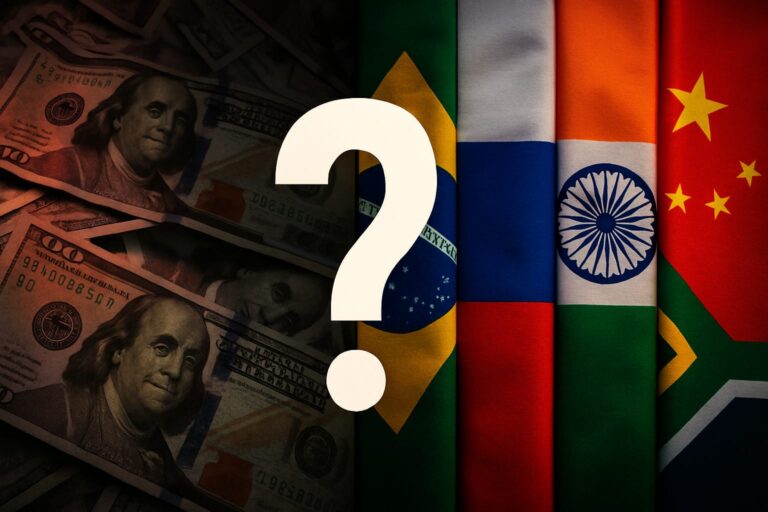For decades, the US dollar has served as the backbone of global finance, shaping the world’s economy and influencing international policy. However, current geopolitical shifts—fueled by alliances such as BRICS (Brazil, Russia, India, China, and South Africa)—are challenging this dominance and questioning the future of global currency power.

The Power of the Dollar: A Quick History
After World War II, the United States emerged with vast gold reserves and unmatched economic power, leading to the Bretton Woods Agreement in 1944. This system tied the currencies of 44 countries to the US dollar, which in turn was backed by gold. When President Nixon ended the gold standard in 1971, the dollar’s value became rooted not in gold but in trust—and, soon after, in oil, thanks to the 1973 petrodollar deal with Saudi Arabia. As a result, nations worldwide needed dollars to trade oil, locking in its supremacy for decades.
Why Is Dollar Dominance Threatened Now?
Recent years have seen growing dissatisfaction with this system. Sanctions, trade wars, and changing alliances have led countries like Russia and China to seek alternative methods for international trade. When the US government blocked Russia from using dollars during the Russia-Ukraine crisis, Russia responded by trading oil with India and China in rubles and yuan, effectively bypassing the dollar.
At the same time, serious discussions are happening within BRICS about launching a unified currency for member states, aiming to reduce the world’s dependence on the US dollar.
BRICS: The Emergence of a New Power Bloc
BRICS started as a group of emerging economies looking for better global representation. Today, it includes 10 members, with over 40 more countries expressing interest in joining. Since 2023, the collective GDP of BRICS nations has even surpassed that of the traditional G7 countries. These countries envision a multipolar world—where global power is shared, not dominated by a single currency or nation.
Can BRICS Really Create a New Currency?
While the idea is gaining traction, implementing a BRICS currency is complex. There are three major challenges:
- Political Differences: Unlike the EU’s unified structure, BRICS countries often disagree, with border disputes and diverse political systems.
- Economic Diversity: Their economies vary widely, from Brazil’s commodity-driven market to China’s export focus and India’s service sector dominance.
- China’s Influence: China accounts for nearly 70% of BRICS’ GDP, raising concerns that replacing US dominance with Chinese dominance may not solve underlying issues.
Despite these obstacles, the momentum for a new currency and payment system is growing, especially as members look to escape potential US sanctions and build a more resilient financial network.
India’s Unique Role
India stands at a crossroads in this changing world order. As BRICS explores a new payment settlement system, India—renowned for its fintech innovation—may take the lead in developing seamless systems for international trade, much like UPI revolutionized digital payments domestically.
